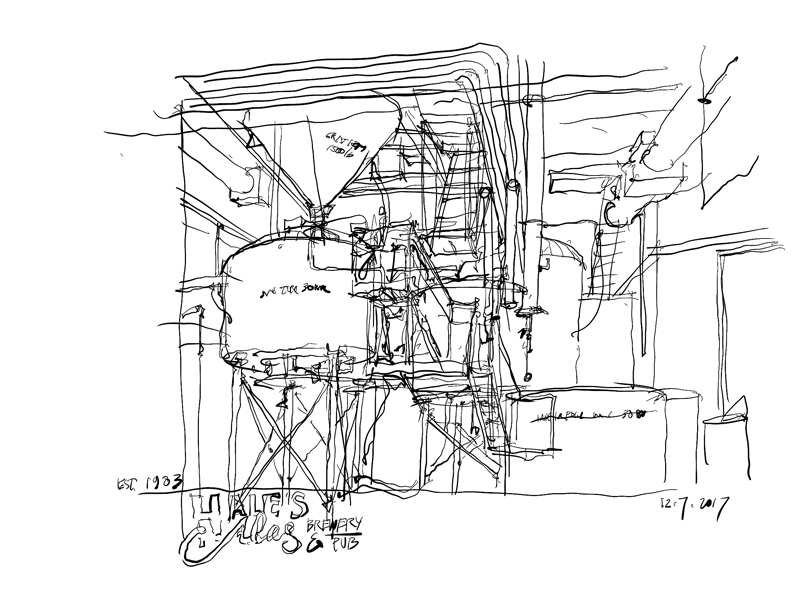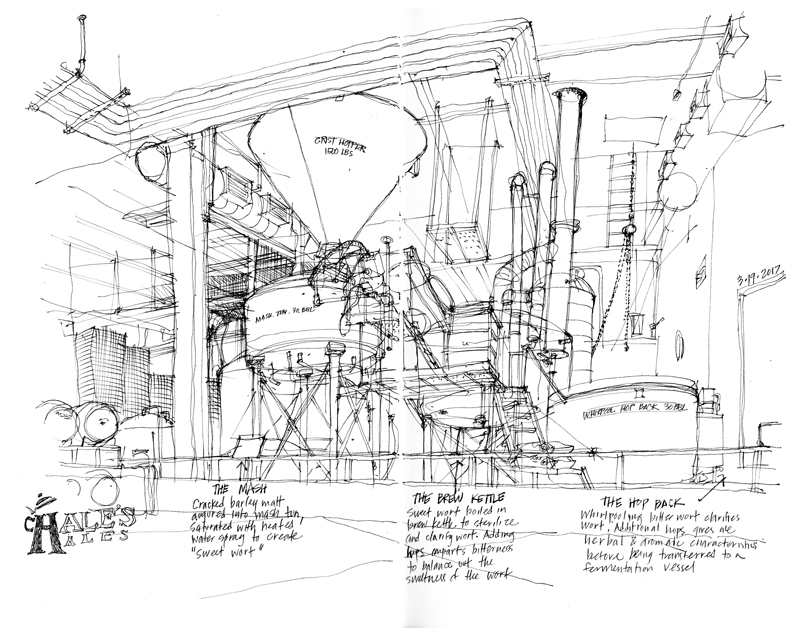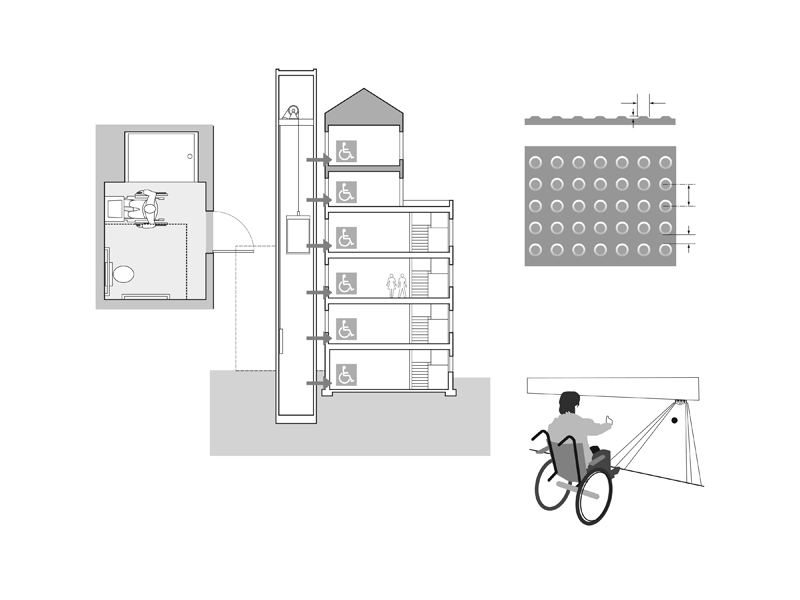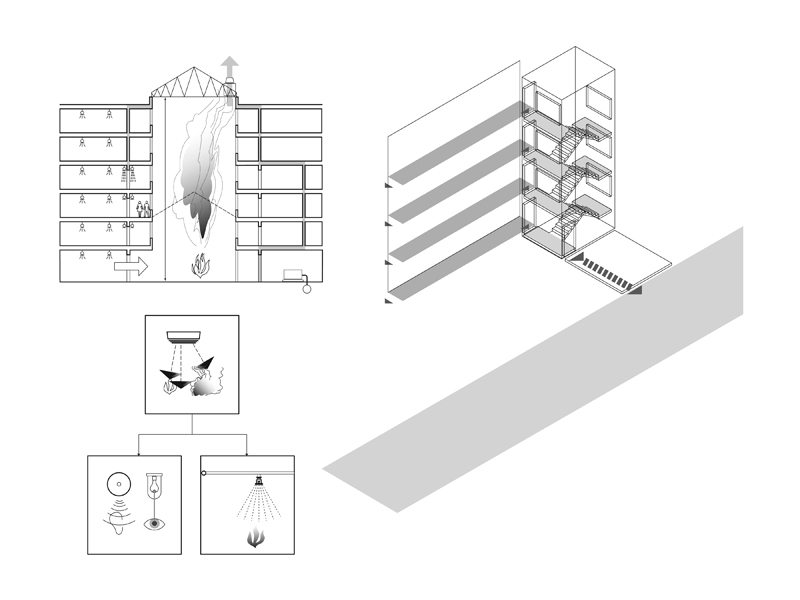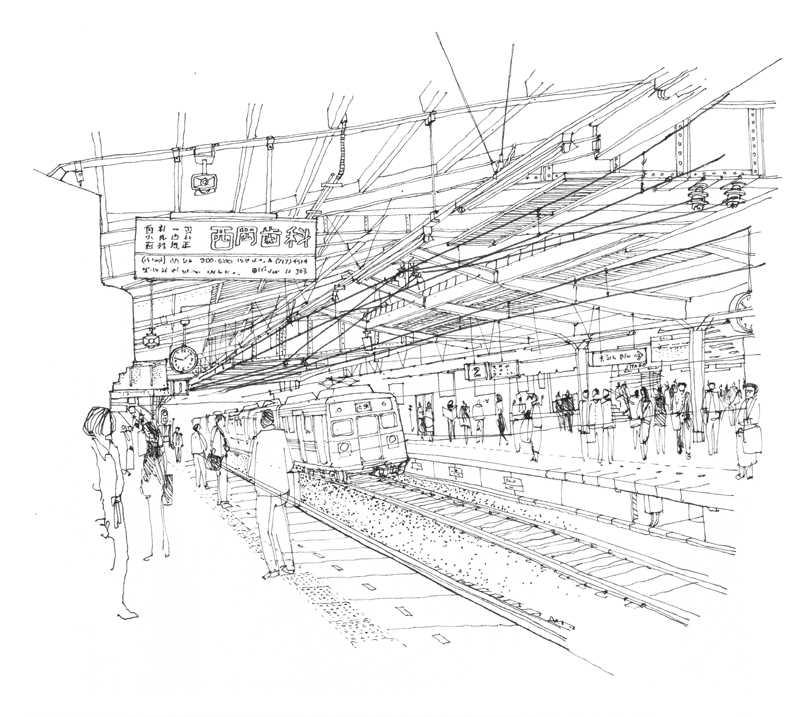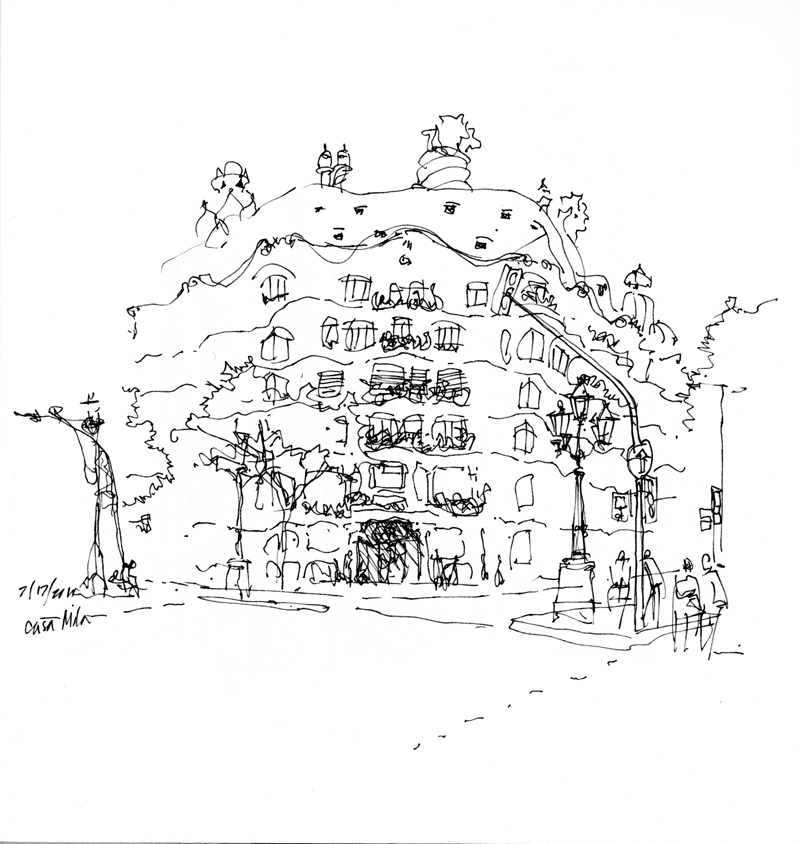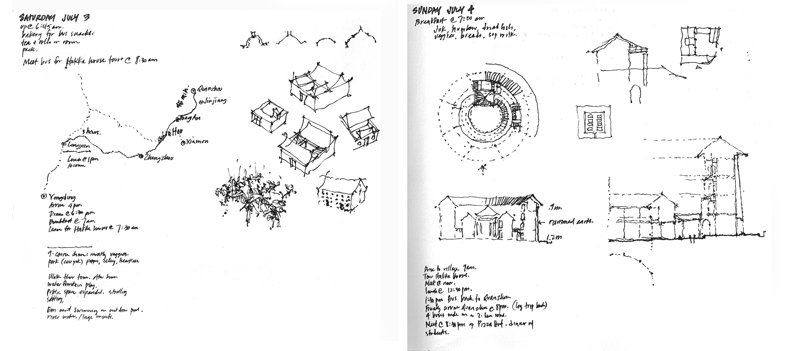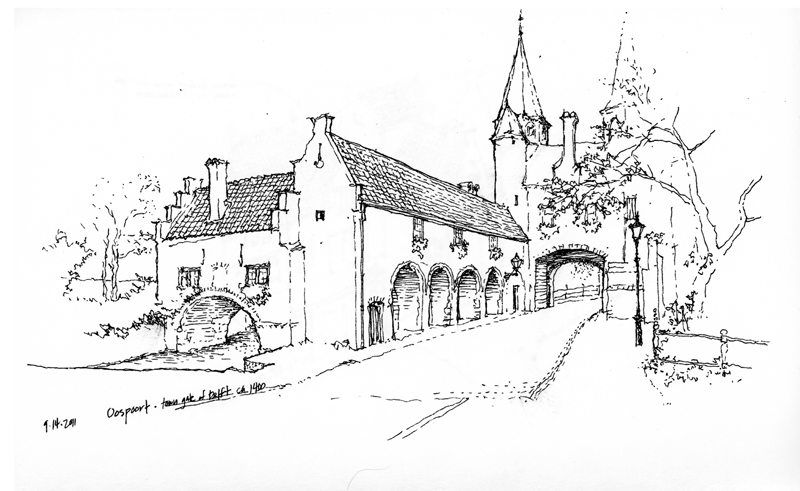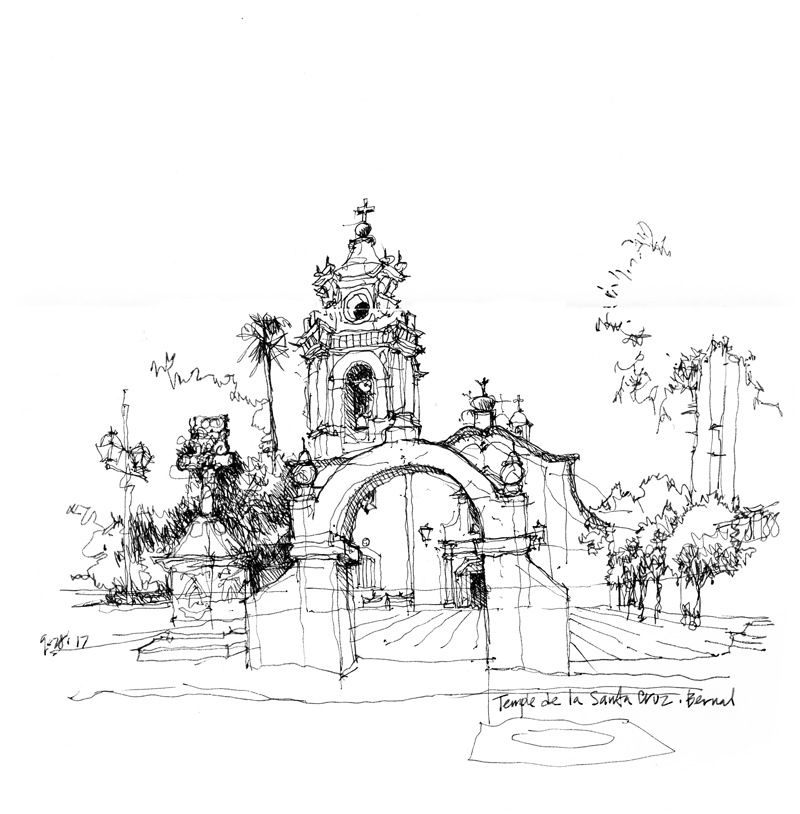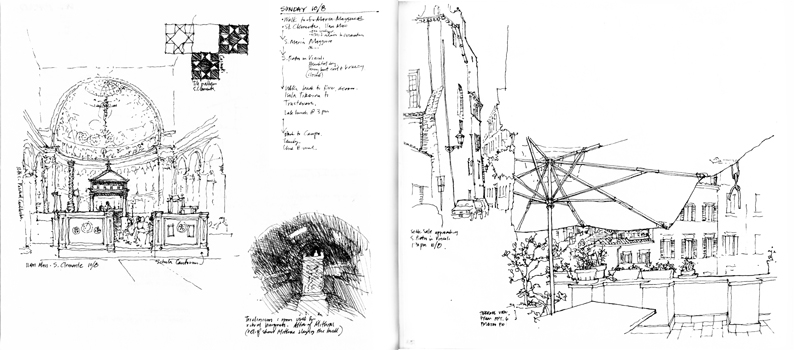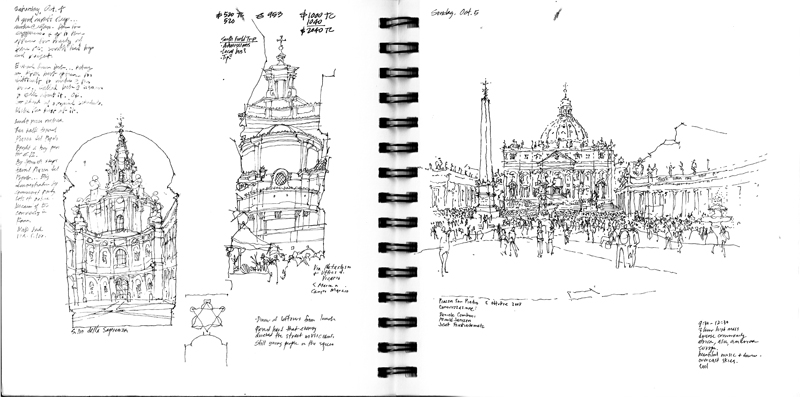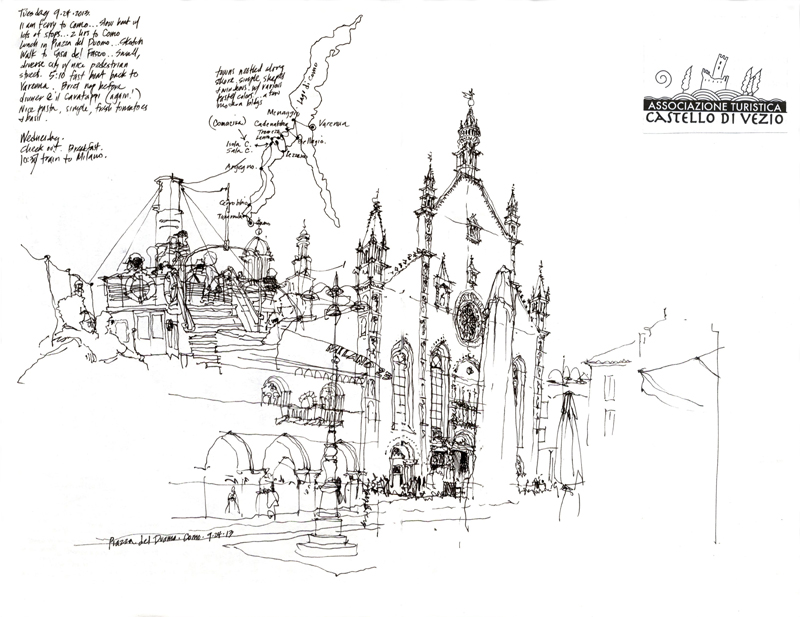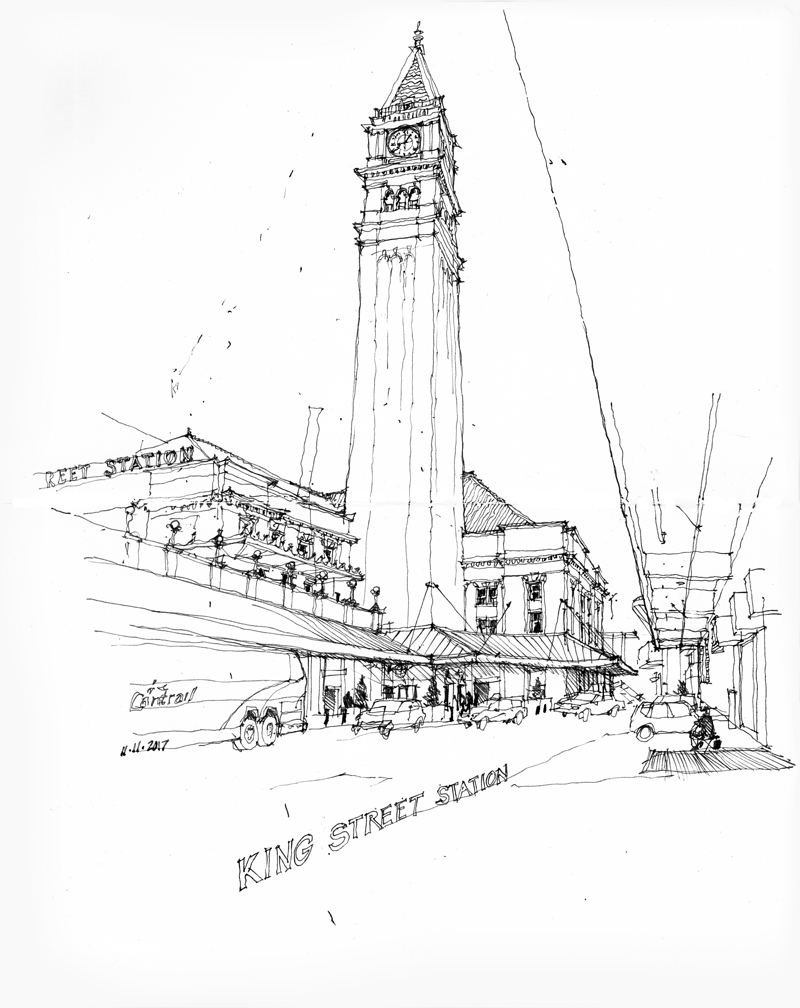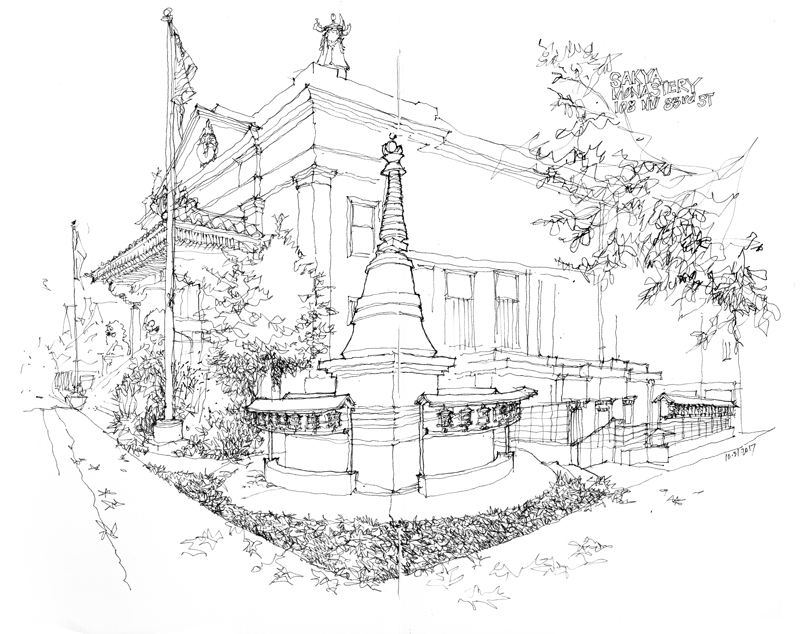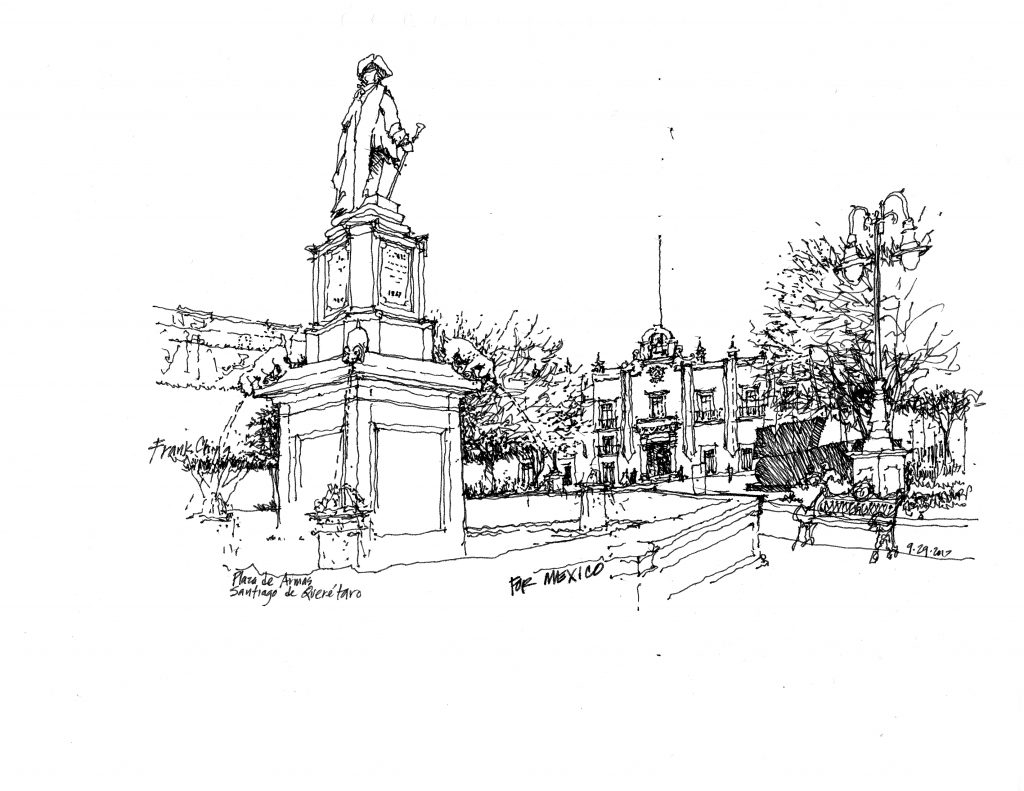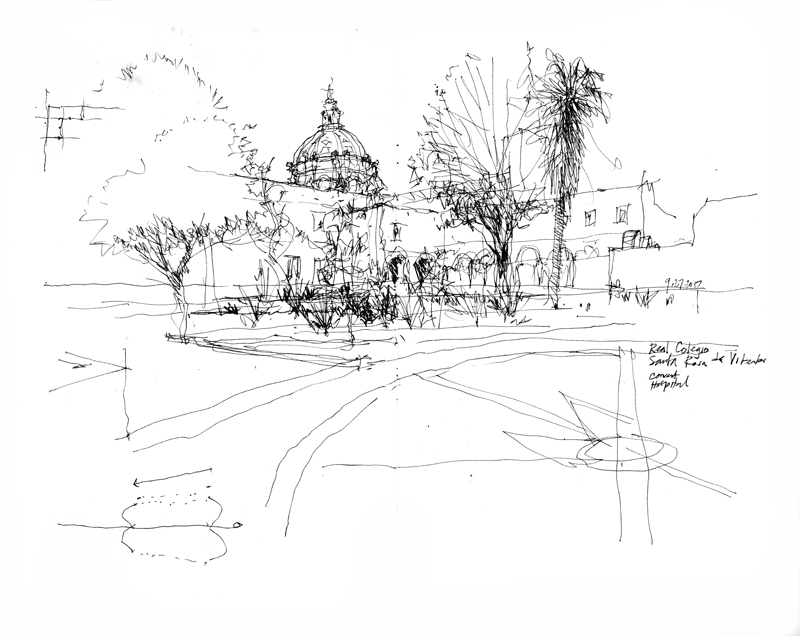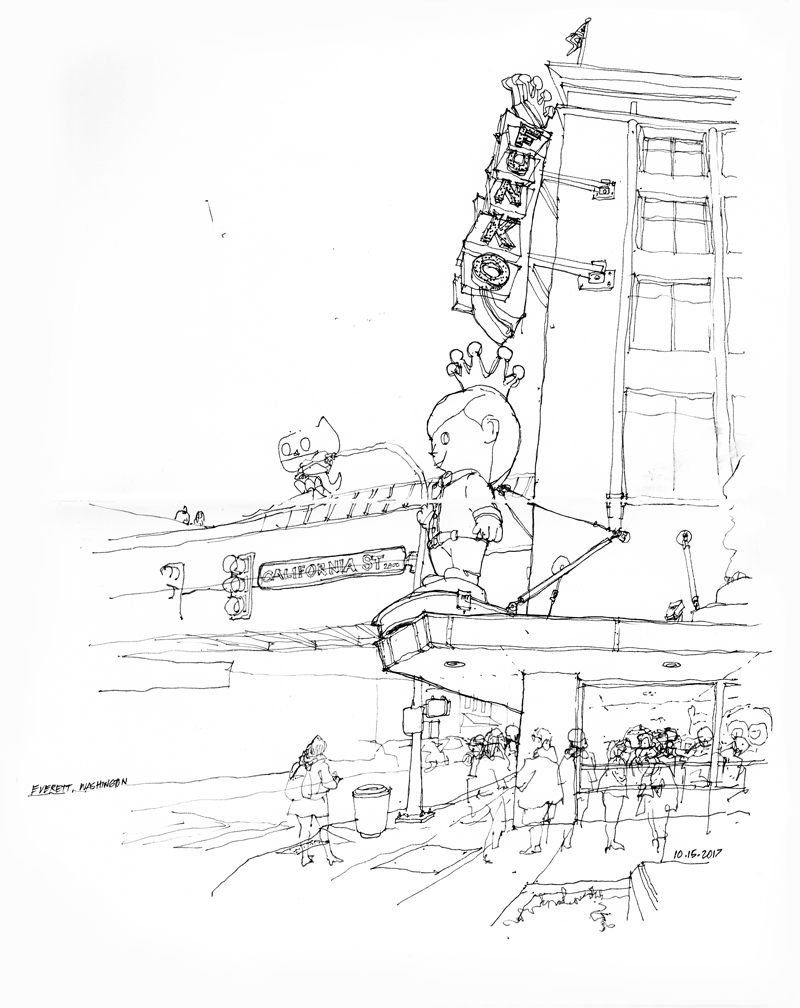Now that the days are getting shorter, colder, and often rainier here in Seattle, I have to find indoor places to sketch. Here is the equipment at Hale’s Brewery and Pub, the longest running independent craft brewery in the Pacific Northwest.
I drew the above view with an Apple Pencil on an iPad using the Procreate app. Of course, one’s choice of medium always influences how one draws, even though the selected subject matter and point of view may remain the same. I find that unlike drawing with a fountain pen, I have less patience for including fine details, for which I would have to zoom in and out, interrupting the flow of the drawing.
For comparison purposes, here is a similar view drawn with a fountain pen in March of this year.

